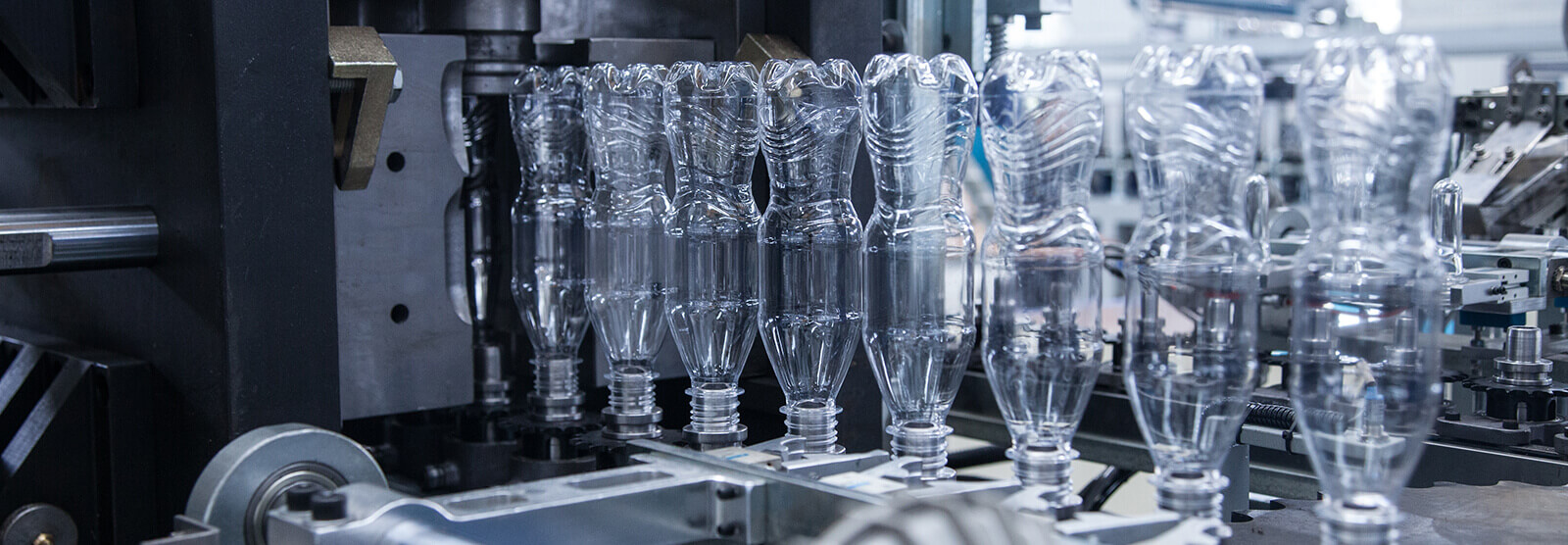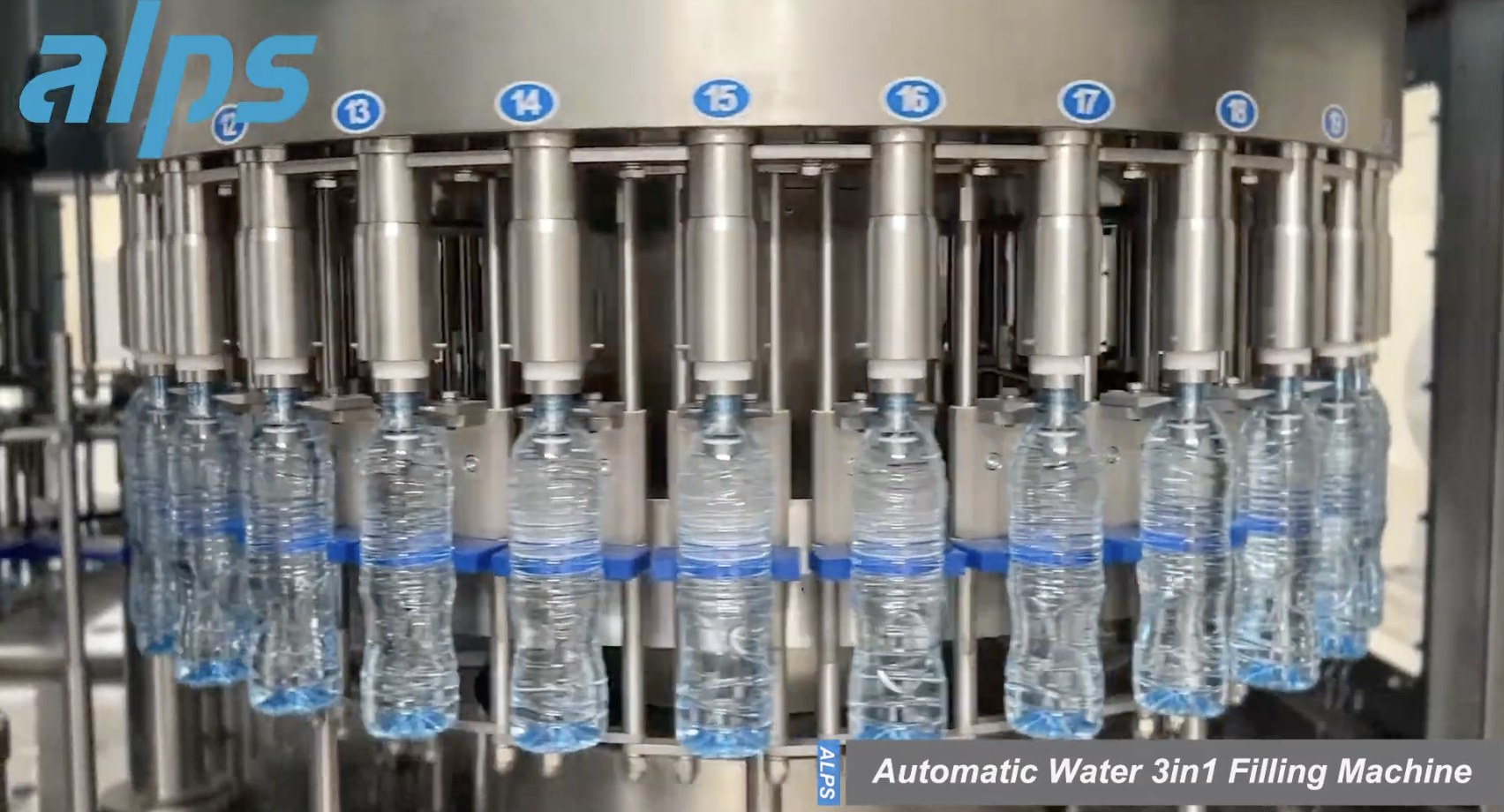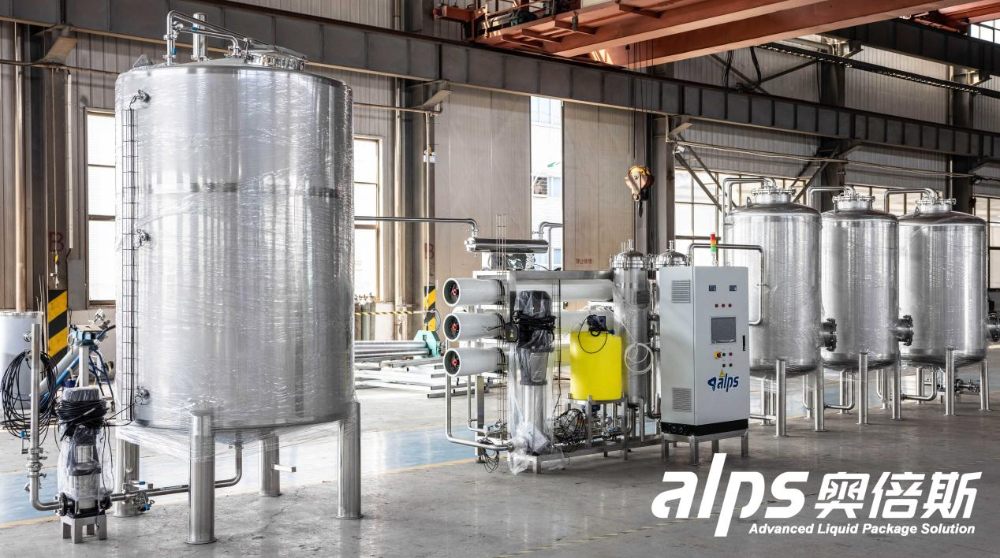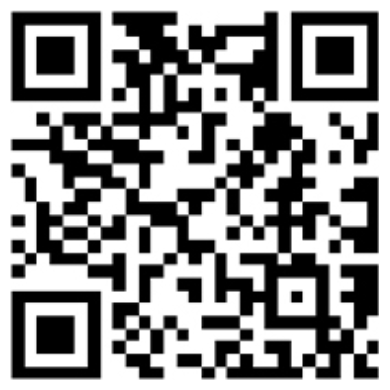Advanced Liquid Package Solution
In today’s competitive bottled water industry, efficiency, flexibility, and quality are key factors that determine a plant’s success. While a standard water filling line can meet basic production needs, every business has unique requirements based on product type, bottle design, market demand, and operational scale. This is where customization becomes essential. A tailored water filling line can optimize efficiency, enhance product quality, and maximize return on investment.
Below, we explore the key customization options available for water filling lines and how they can transform your production operations.
One of the most critical customization options in a water filling line is the ability to handle different bottle sizes and shapes.
Range of Bottle Volumes
Whether your business fills 200ml mini bottles for on-the-go consumers or 5-gallon returnable bottles for home delivery, your water filling line can be designed with adjustable or interchangeable components to accommodate multiple volumes.
Bottle Shape Adaptability
In a competitive retail environment, bottle shape plays a big role in brand identity. Your filling line can be equipped with specialized bottle handling parts, star wheels, and conveyors to manage unique shapes—whether they are round, square, or ergonomic designs with grip-friendly contours.
Quick Changeover Features
For plants producing multiple SKUs, quick-changeover systems reduce downtime. Modular parts can be swapped out easily, enabling you to switch between different bottle formats in minutes rather than hours.

Not all water products are filled in the same way, and different filling technologies suit different production needs. Choosing the right filling method is a vital customization point.
Gravity Filling
Best for still water, this method relies on gravity to fill bottles. It’s simple, cost-effective, and suitable for high-speed production.
Pressure Filling
Designed for carbonated beverages, pressure filling can also be used for specialty mineral waters with added carbonation.
Electronic Weighing Filling
Ideal for applications that require precise filling by weight, ensuring minimal product loss and consistent quality.
Hot Filling
For flavored or vitamin-enriched waters, hot filling allows pasteurization during filling, ensuring longer shelf life without preservatives.

Different businesses have different throughput needs, which makes capacity customization crucial.
Small-Scale Operations
Semi-automatic lines with a capacity of a few thousand bottles per hour are ideal for start-ups and niche markets.
Medium-Scale Lines
Fully automatic systems producing 6,000–12,000 bottles per hour suit growing businesses aiming to meet moderate market demand.
High-Capacity Industrial Lines
Large-scale plants can opt for high-speed lines capable of 24,000 bottles per hour or more, ensuring they can meet national or even international distribution requirements.
Capacity customization also involves integrating features like multiple filling heads, faster capping units, and high-speed labeling to ensure every stage of the process matches the desired output.
A water filling line is rarely a standalone operation. Customization ensures it integrates seamlessly with your entire production ecosystem.
Water Treatment System Integration
Whether you use reverse osmosis, UV sterilization, or mineral dosing systems, your water filling line can be connected to your treatment plant for smooth, contamination-free transfer.

Bottle Blowing Machines
In-house PET bottle blowing machines can be linked directly to the filling line, reducing transportation costs and risk of contamination.
Labeling and Packaging Machines
The line can be customized to work with various labeling systems—such as sleeve labeling, OPP labeling, or self-adhesive labeling—and with packers for shrink wrapping, carton packing, or palletizing.
Smart Control Systems
Modern water filling lines can be integrated into plant-wide automation systems, enabling remote monitoring, production tracking, and predictive maintenance.
The level of automation is another significant customization option, impacting productivity, labor costs, and consistency.
Semi-Automatic Water Filling Lines
Require more manual intervention but are cost-effective for small businesses.
Fully Automatic Water Filling Lines
Minimize labor involvement, increase efficiency, and ensure consistent product quality.
Advanced Control Systems
Touchscreen HMIs (Human-Machine Interfaces), PLC control, and IoT-enabled systems allow operators to monitor filling parameters in real time, adjust settings instantly, and track production data for quality control.
In bottled water production, hygiene is non-negotiable. Customization can enhance sanitation and safety.
Clean-in-Place (CIP) Systems
Automated cleaning and sterilization of filling heads, tanks, and pipelines reduce downtime and maintain hygiene.
Dust and Contaminant Protection
Enclosures, air filtration units, and laminar airflow systems can be integrated to ensure the filling environment remains clean.
Food-Grade Materials
Contact surfaces can be customized to use high-grade stainless steel (SUS304 or SUS316L) to meet global food safety standards.
While performance is crucial, your water filling line can also be customized to reflect your brand’s visual identity.
Color-Coded Components
Machines can be painted or powder-coated in your brand colors.
Custom Labeling Stations
Label applicators can be adjusted to work with unique branding materials, textures, and finishes.
Packaging Variety
Your line can handle eco-friendly packaging such as rPET bottles, biodegradable plastics, or even glass bottles for premium products.
True customization goes beyond the initial build—it includes service and future expansion options.
Spare Parts and Maintenance Plans
Your supplier can customize spare parts kits and maintenance schedules to fit your production cycles.
Software Upgrades
IoT-enabled systems can receive firmware updates to improve efficiency over time.
Expansion-Ready Design
A modular design allows you to add new production lines, increase capacity, or integrate new technology without replacing the entire system.
The ability to customize your water filling line ensures that your production setup is perfectly aligned with your business goals, operational needs, and brand identity. From bottle size flexibility and filling technology choice to automation levels and hygienic design, each customization adds value, improves efficiency, and helps you stand out in a competitive market.
When choosing a partner for your water filling line, it’s important to work with a manufacturer who understands both the technical and strategic aspects of customization. With years of expertise and a track record of delivering high-quality, tailor-made solutions, Alps Machinery is your trusted partner in building a water filling line that matches your exact vision and supports your growth.

By continuing to use the site you agree to our privacy policy Terms and Conditions.